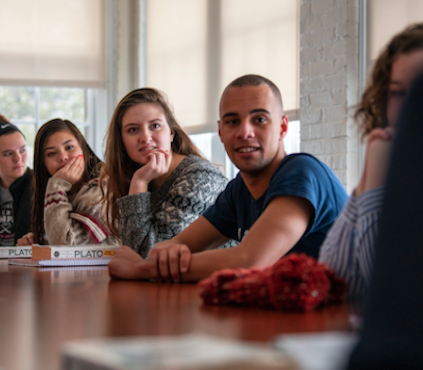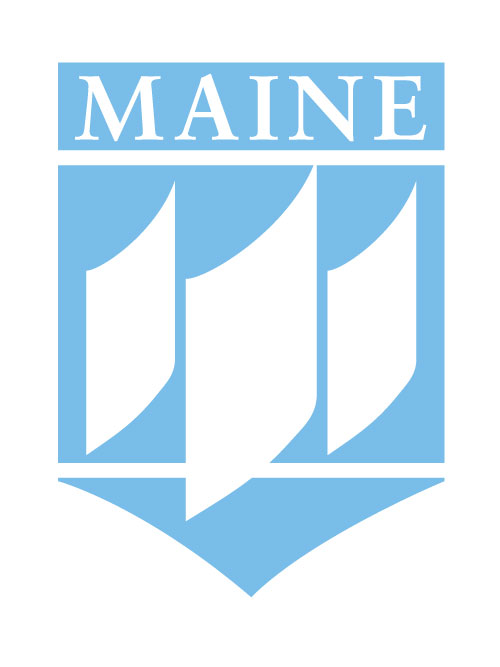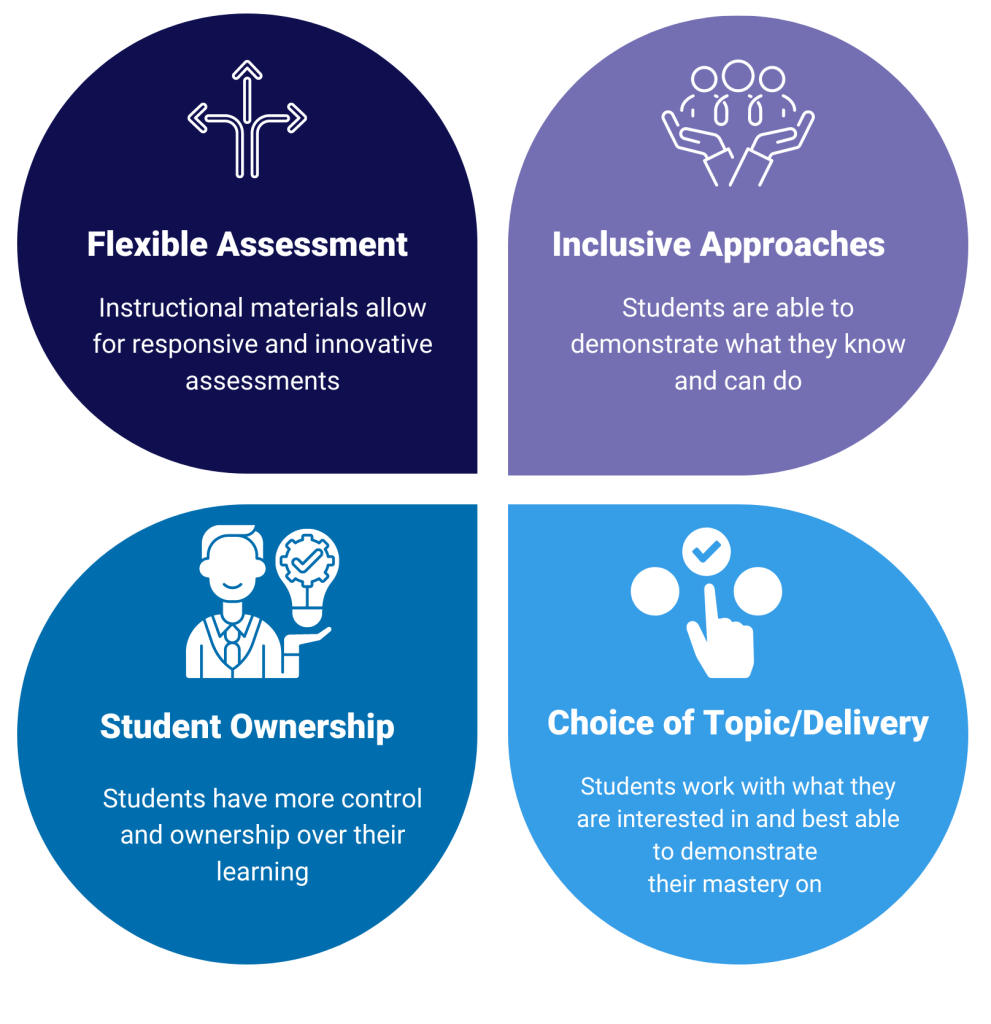What is Student Voice?
Student voice is the inclusion of student opinions, thoughts, and experiences into assessment planning and practices to inform programmatic changes.
Why is Student Voice Important?
Assessment done entirely by staff or faculty cannot give a full picture of student learning because it relies on “implicit assumptions about the experience of students”. 1 This could pose a problem in validity of assessment practices as it doesn’t reflect real student experiences, which are diverse and varied across program populations.1 Incorporating the opinions and real experiences of students, whose learning outcomes we are assessing, can strengthen the process.
Student Involvement vs. Student Voice
Student involvement in assessment of learning has been initiated in many universities and programs in the last decade. Using student voice to influence decisions in a program however, is not as common. Student voice is different from involvement in that it requires programmatic changes or decisions to stem from the opinions or findings of students.1 One way to achieve this is by engaging in meaningful and equitable student-faculty partnerships. Other actionable ways of engaging students in assessment is to create focus groups, disseminate program-wide surveys, or invite students to participate in activities such as course planning or aligning rubrics with assignments.1 There are many ways to start a conversation on student voice in program assessment; this page aims to give you a place to start and provide you with helpful resources along the way.


“Student-faculty partnership should be a collaborative, reciprocal process through which all participants have the opportunity to contribute equally, although not necessarily in the same ways, to program-level assessment practices.1“

Who Benefits from Student-Faculty Partnerships?
Research has shown that faculty and students experience benefits through equitable partnerships, and that they could come to more efficient solutions together than they would alone. 1
Student Benefits
- Enhanced engagement leading to increased motivation, confidence, and enthusiasm.
- Enhanced awareness; for example, improved metacognition and a better sense of identity.
- Enhanced learning experiences; for example, increased active learning, understanding pedagogical intent, taking responsibility for learning. 1
Faculty and Staff Benefits
- Enhanced engagement related to; transformed thinking about pedagogy, understanding learning from different viewpoints, and conceptualization of learning as collaboration.
- Enhanced awareness through improved metacognition and a deeper identity as a scholar and teacher.
- Enhanced teaching; increased reflective and responsive practice and the creation of more collaborative classrooms.1
Initial Steps to Gather Feedback
The following examples are ways to begin incorporating student voice into program assessment by first bringing awareness to the students. For more in-depth examples that use student input to make changes in courses or programs, please see the section below titled Incorporating Student Voice Into Your Assessment.
- Share outcomes more broadly with students at the departmental or course level. Examples at the course level might include:
- highlighting the outcomes that will be taught in a course through the syllabus and conversations at the start of the term
- reminding students throughout the term of ways in which their assignments or learning is aligning with the outcome
- Ask students how well they think they are achieving the outcome. This can be done informally through conversations with the students about how well they think they are meeting the outcome and what could be improved. It could also be done formally through mid-term surveys or with the SET’s at the end of the term. An example question might be:
- At the beginning of the term I shared the Program Learning Outcome (PLO ___) with you, which aligns with the curriculum of this course. At this point in the term, how well do you feel you are achieving this outcome?
- Share results with students at the program level. Sharing the results of how well students are meeting a program or course outcome creates more transparency in the assessment process.

What to Consider When Designing Assessment Practices
- Assessment feedback should be about particular qualities of the work, with advice on what can be done for improvement, and should avoid comparisons with other learners.
- Learners should be trained in self-assessment so they can understand the main purposes of their learning and grasp what they need to do to achieve them.
- Learners and teachers should have thoughtful, reflective dialogues to explore understanding and give all learners the opportunity to think and express their ideas. 3
Incorporating Student Voice Into Your Assessment
Examples from Other Institutions
Palo Alto Case Study
- Sought to broaden awareness of Institutional Learning Outcomes (ILO’s) by engaging students as “active participants” in their learning. Increased visibility by hanging framed posters in classrooms, hallways and every common space describing the ILO’s, which created uniformity of expectations among faculty and increased transparency for students.
- Held design assessment groups to see how their class outcomes aligned with the ILO’s, which expanded to include faculty, staff and students. Including students broadened awareness of the ILO’s and enhanced feedback to faculty on their assignments, but it also increased the respect for the work of faculty. Cross-disciplinary workshops with faculty and students allowed for collaboration and the spread of best-practices amongst faculty that might otherwise not have collaborated.2
The University of Scranton
- Started a “Provost Assessment Scholars” program that involved 13 students in the collection of quantitative institutional data. The students were trained on focus groups and research methodology before choosing their projects.
- Once their projects and questions were approved by stakeholders the student scholars held focus groups across campus, performed an analysis, and prepared a report to be given back to the stakeholders.
- The program had a very successful first year and expanded the program in the following year due to increased participation. 9
References and Helpful Resources
- Curtis, N., & Anderson, R. (2021, May). A framework for developing student-faculty partnerships in program-level student learning outcomes assessment (Occasional Paper No. 53). Urbana, IL: University of Illinois and Indiana University, National Institute for Learning Outcomes Assessment (NILOA).
- Bailey, S. & McDevitt, J. (2019, Nov). Palo Alto College: Faculty and Student Engagement through Assignment Design. Urbana, IL: University of Illinois and Indiana University, National Institute for Learning Outcomes Assessment (NILOA).
- Bain, J. (2010). Integrating student voice: assessment for empowerment. University of Cumbria.
- Student voice in assessment, Monash University.
- Duke University PowerPoint on reconnecting with students as essential stakeholders.
- Next Generation Assessment: Increasing Student Voice and Choice.
- Students as Partners Series: Are we ready to let go of some responsibilities and authorities?
- Website of International Journal for Students as Partners
- Implementing a Student Assessment Scholars Program: Students Engaging in Continuous Improvement
